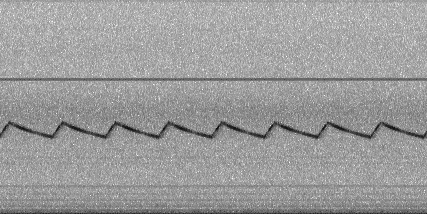ZIP is developing the knowledge, tools and techniques to prevent predators re-establishing in a ‘protected area’ (i.e. an area from which predators have been completely removed), on mainland New Zealand. Deterrents are one potential tool/technique to help prevent predators from breaching the boundaries of a protected area. A deterrent is an agent that causes predators to retreat from the boundary, rather than attempt to cross past it.
Sound – both high frequency and ultrasonic – is a potential deterrent.
Sound deterrents are openly sold on the commercial market, but quantitative evidence on their effectiveness is minimal.
In October 2015, we tested three sound deterrent devices to determine their effectiveness on ship rats (Rattus rattus). This testing was conducted on a very small scale, to get an early indication of success or otherwise, before committing to a larger field trial. All of the deterrent devices tested aim to expel rodents from buildings or structures by playing high frequency sound (10 – 19 kHz) and ultrasound (> 19 kHz) with a claimed effective range of up to 20m by manufacturers.
The methods, results and conclusions of this trial are available here.
This trial provided sufficient evidence for us to conclude that sound deterrents (especially those on the commercial market, such as the ones tested here) are unlikely to be a useful component of any protection system designed to prevent reinvasion by ship rats into predator-free landscapes. As a result, we have not undertaken any further research in this area.

